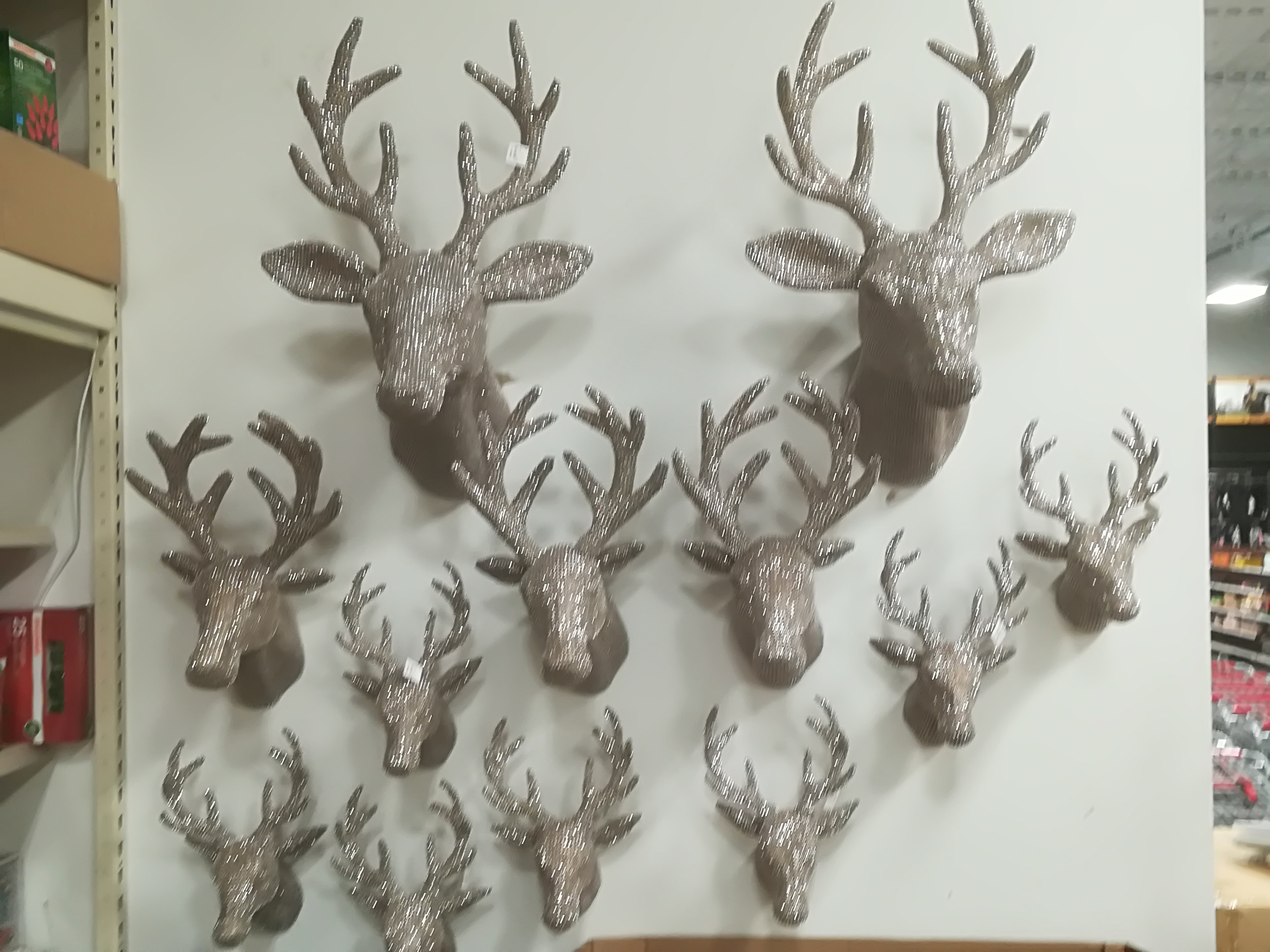Guest author: Proton Bletchley
Golf courses can be described as green deserts. It is a half-truth. A lot of grass can be grown on them, they are not noted for their ecological diversity, but they aren’t deserts. For the past few days, I have been a regular visitor to a food desert, Cain’s, Your Independent Grocer, in Thompson Country. Again, that sentence contains a lot of half-truths.

Let’s begin by clearing away some half-truths. Thompson country is Kamloops. Jason Cain is a franchise owner/operator. Your Independent Grocer, is a supermarket chain owned by National Grocers, which is part of Loblaw Companies Limited. So much for independence. See: https://en.wikipedia.org/wiki/Your_Independent_Grocer
The store isn’t really a food desert. One major challenge of visiting this store, despite its enormous size, is finding something edible to eat. My estimate is that about 90% of their food-category products are processed. This means that they contain larger quantities of sugar, salt and additives, than I appreciate. The other 10% of the store contains fairly healthy food. My travelling companion, Daffy Marmot, was impressed with the fresh produce section. The Blue Menu Bleu assortment seemed to meet our culinary tastes.

The peanut butter contained 100% peanuts, which means no salt, no sugar, no additives. We enjoyed the crunchy variety, and didn’t mind the separation of the oil, which had to be stirred in. It was all part of the healthy food experience.

One major problem with today’s food stores is the obesity caused by easy access to inappropriate foods. People succumb to temptation. Physically separate people from food, and many of the problems associated with instant gratification will disappear. This too is probably only a half-truth.
Personally, I don’t want to order food. My refrigerator and storage cupboards should be perfectly capably of tracking inventory, and making purchases from an online supplier. My role should only be to make a few supplementary purchases, preferably only within one hour after eating a meal. Don’t worry. Such dictatorial measures will not happen as long as large corporations are profiting from obesity.
One of the objections made to online grocery purchases is an inability to feel produce, things like apples. Yuck, the last thing I want to purchase is an apple that has been touched by 100 different people.
One solution is the use of collaborative robots (cobots) in the food chain. A cobot is “an apparatus and method for direct physical interaction between a person and a general purpose manipulator controlled by a computer.” http://www.foodqualityandsafety.com/article/robots-help-boost-food-chain-productivity/?singlepage=1&theme=print-friendly
Market leader is the Danish company, Universal Robots, with about a 60% market penetration. Collaborative robot arms belong to an emerging new class of industrial robotics that can operate outside of safety enclosures alongside employees.

Soft Robotics is also making an impression in the market, because their tools can delicately pick and pack food products.

London based, but with its Engineering department in Tallinn, Estonia, Starship Technologies has launched a nine-month pilot program to test out the Starship’s robots on public sidewalks in Redwood City, California. It partnered with food-delivery service Doordash to have its robots transport meals from restaurants in Redwood City’s downtown area. Starship’s robots move just slightly faster than walking speed, about 6 kmh, and they have a range of 3 km. During this testing phase, Starship uses living employees to babysit robots on deliveries. Their ultimate goal is to drive down the costs to less than $2 per delivery. If food deliveries are successful, the company hopes to quickly expand its business to handle grocery trips and delivering parcels.

The Swiss company, TeleRetail, is testing delivery bots in Mountain View. The robots are designed to offer a for-hire service that can be adapted to various tasks. Their business model is based on the Zipcar: anybody can use the robots to run whatever errands they want. They offer a complete logistics platform that enables them to integrate any mode of transportation.
Myrmex is launching an unmanned grocery delivery system using mobile robotic units. It is capable of delivering an online order just seconds after customer arrival at a pick-up point. The system is called CPS for Curbside Pickup System. Each online order is put into a plastic box which is then placed on a wire frame (pod) with a capacity of 20 boxes. According to Myrimex, more than 50 percent of the online grocery shoppers (young families with children, working people with irregular schedule) are reluctant to choose home delivery because of the challenges in meeting a timeslot. Click & collect gives users advantages in terms of personal time management, and lower costs. http://www.myrmex-inc.com/
Some of the proposed delivery solutions may also turn out to be half truths. Daffy Marmot, for example, feels that many (male) technologists have underestimated the social value of shopping.
About the Author: Proton Bletchley is Chief Scientist at Unit One. He is also heading a program leading to a Wonderment Diploma in Mechatronics & Robotics, from Ginnunga Gap Polytechnic. This is not just a half-truth, it is a non-truth.






























